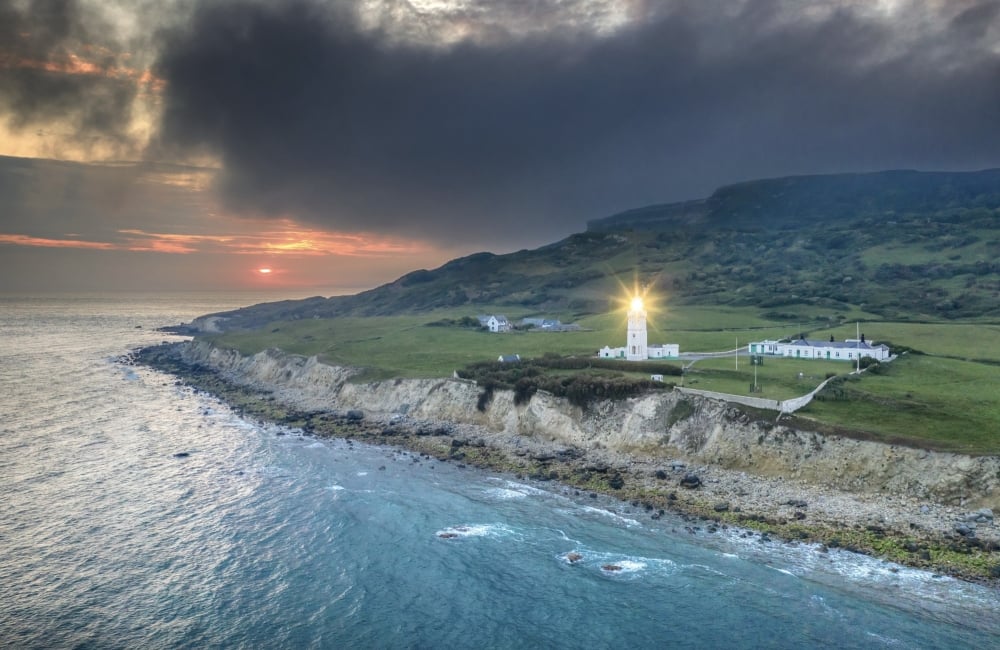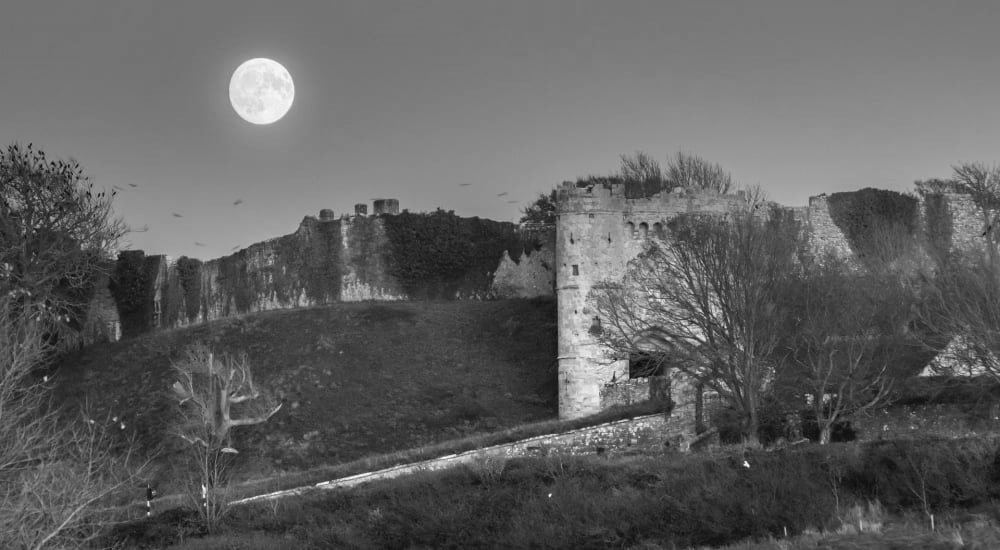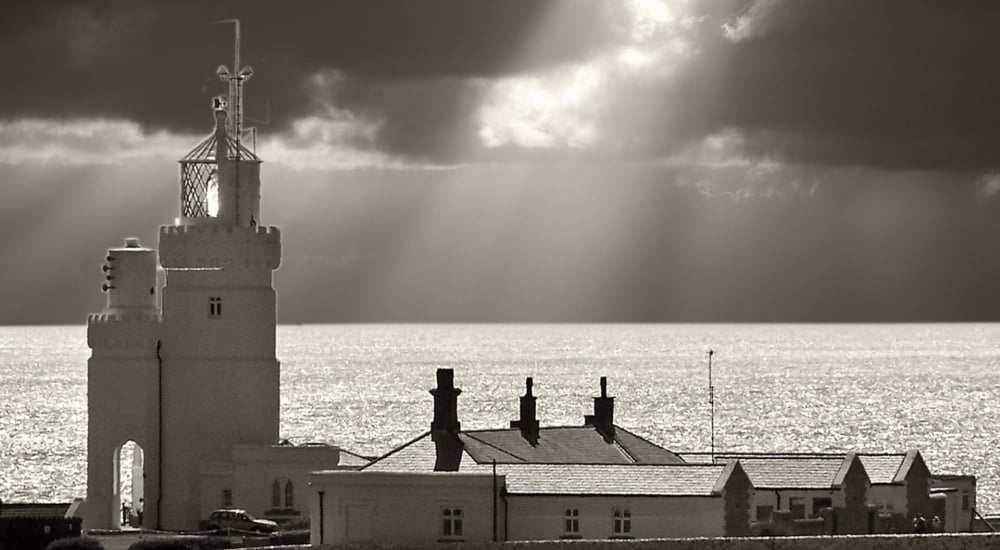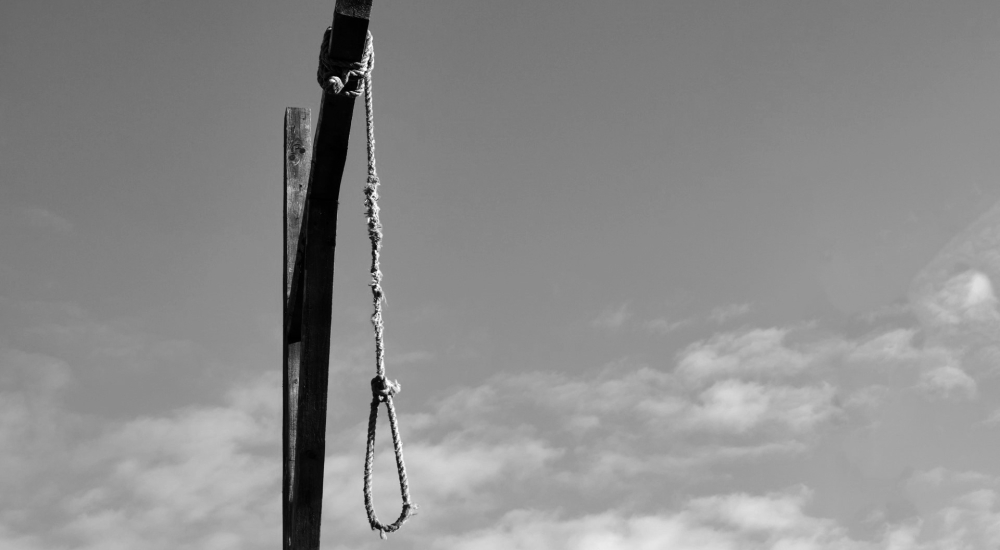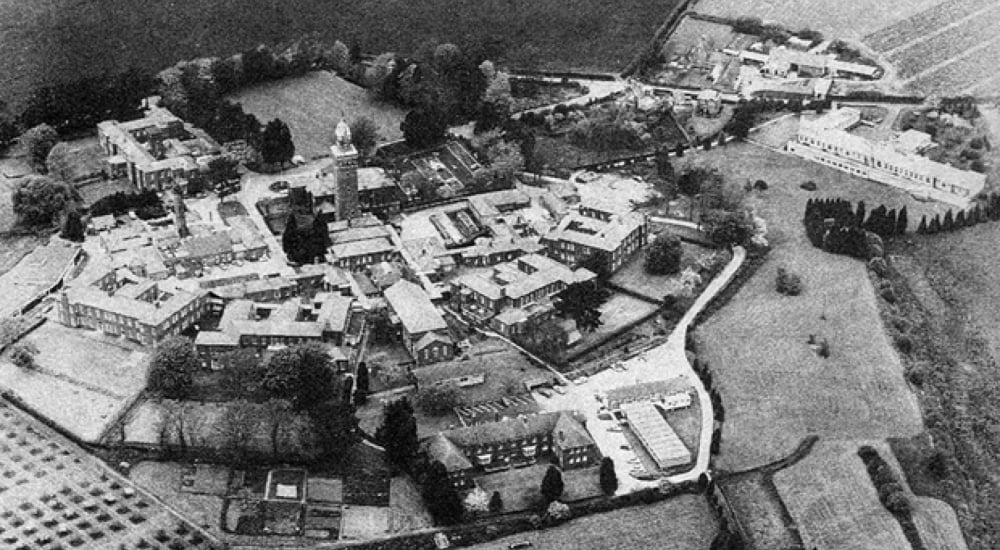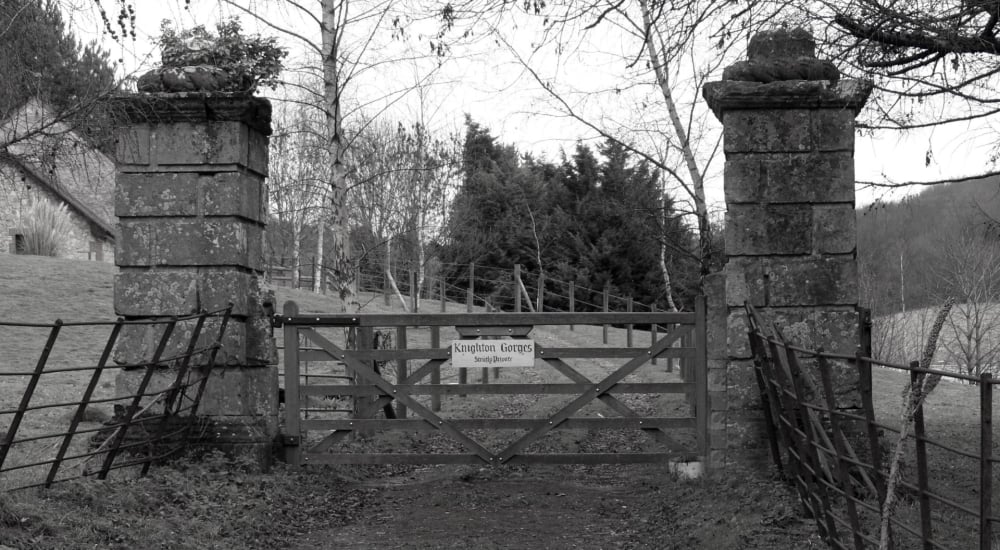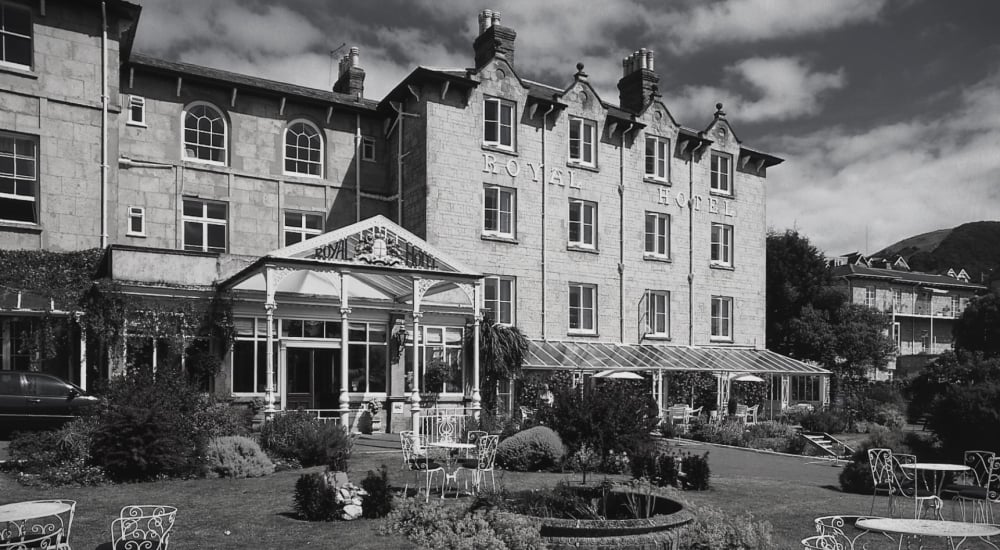GHOSTS OF THE ISLE OF WIGHT
At just 22.5 miles from east to west, the Isle of Wight offers more haunted abodes and ghostly sightings per square mile than anywhere else in the UK. In fact, it’s widely regarded as one of the most haunted Islands in the world.
The rugged rural landscape is awash with historic homes, ancient inns, mysterious landmarks and even a castle or two, making an encounter with a poltergeist, apparition or spirit very possible.
From insane asylum patients and murderers to ghostly ships on the horizon, these are just some of the well reported sightings and spine-chilling encounters with the paranormal here on the Isle of Wight. Read on for more…
The Haunted House
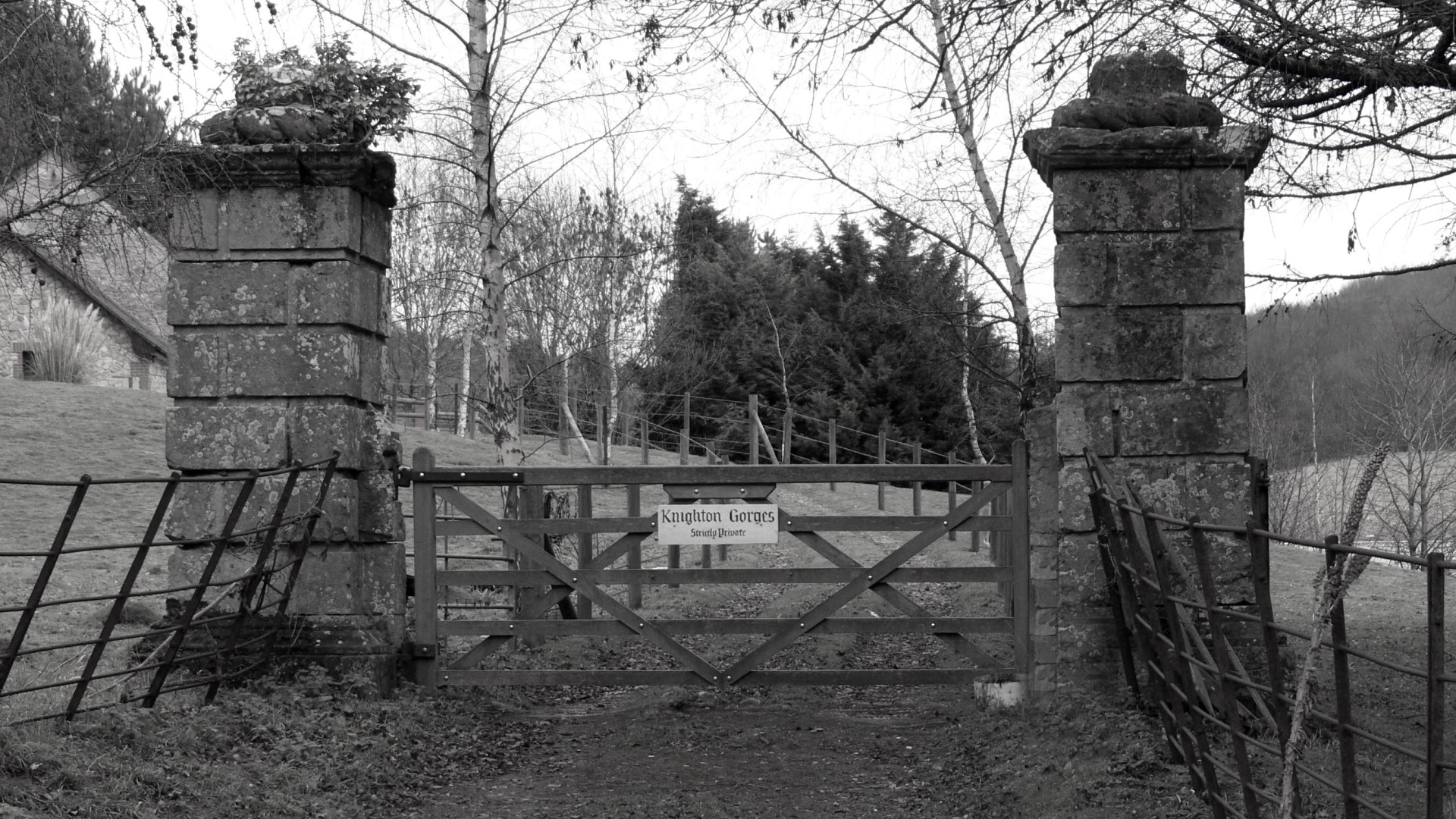
Standing for 700 years as one of the grandest manor houses on the Isle of Wight, Knighton Gorges is steeped in much history and tragedy. From one of its first owners, Hugh de Morville being one of the four knights to murder Sir Thomas Becket at Canterbury Cathedral, to deaths from war wounds, a wife with a broken heart, suicide and ruin due to involvement in a scandalous affair, many thought the impressive manor was cursed. Today Knighton Gorges is the Island’s most haunted location, despite the house having not existed for over 200 years.
Burned to the ground in 1821 by its final owner, all that remains today of the estate are two impressive gate posts once adorned with stone lions, and far-reaching views across the countryside.
However, some say they’ve seen the house appear in all its former glory on New Year’s Eve, illuminated with the sounds of music and laughter – a paranormal phenomenon that attracts locals and visitors year on year. One man reported almost being run down by a horse drawn carriage nearby, making his way to the front door of the house it was travelling to and looking through the window to see people dancing in Georgian dress, thinking it was a fancy-dress party. When he returned the next day, the house was gone.
The valley is said to be haunted by the ghost of Tristran Dillingham, an occupier of the house who was found with a self-inflicted gunshot wound in 1721. At the time suicide was a sin, which saw Dillingham’s loyal steward attach his body to his favourite horse Thunderbolt and send him into the pond in the grounds at night. Dillingham often rode his horse around the grounds at night, and the cause of death recorded was that he drowned after falling into the lake. Some say Dillingham killed himself after racking up gambling debts and others that he was unconsolable after the tragic loss of his wife and all his children bar one. Although his name is on the headstone with the rest of his family, he was not given a Christian burial. A skeleton of a large man was later found in the gardens of the house and is believed to be that of Tristan Dillingham.
There are many unexplained experiences close to the area where Knighton Gorges once stood, from the appearance of the house itself to interaction with men in period dress walking in the woods and on horseback, to the appearance of the stone lions on the gate posts which are no longer there – it is said to be the most haunted place on the Isle of Wight.
Murder in the Family
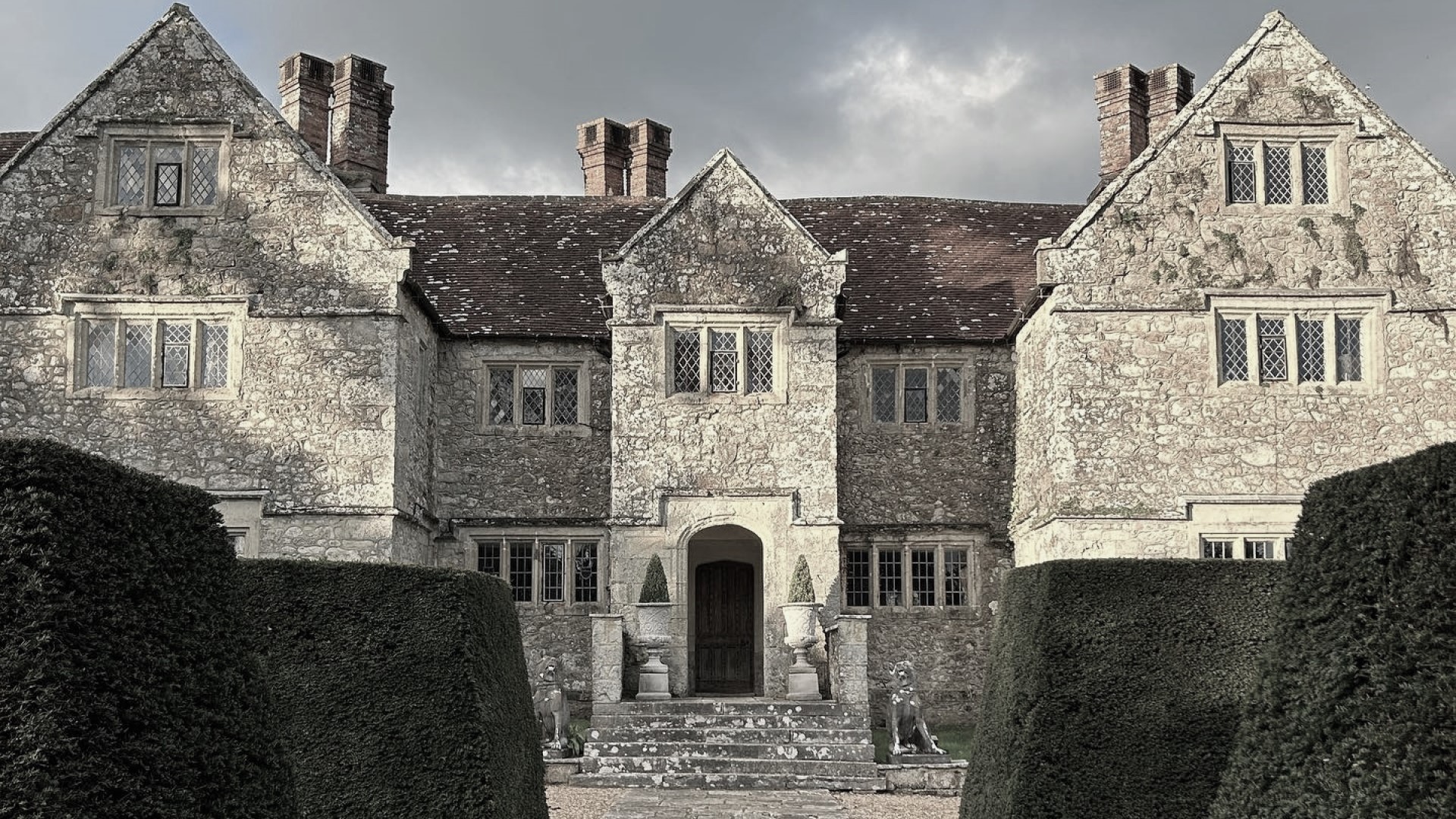
In a tragic tale of greed, the then-leaseholder of Arreton Manor, Barnaby Leigh, was smothered on his death bed by his own son. Fed up with waiting for his inheritance, the vicious murder was witnessed by the boy’s younger sister Annabel and so he pushed her from an upstairs window to conceal his crime. Today a private residence, Arreton Manor is said to be haunted by the figure of a girl in a blue dress with golden-blonde hair - Annabel.
The Ghost Ship

Sitting with a campfire and a few bottles of beer on Compton Bay, a group of friends admired a three-masted ship sailing past the cliffs of the bay and towards the shore before vanishing into the night before their very eyes. There have been similar reports of this ghostly ship sailing around the Island, thought to be an apparition of HMS Eurydice. One of many ships to fall to a watery grave navigating the Isle of Wight’s treacherous coastline, Eurydice fell foul of a storm in 1878 and sank below the waves along with more than 300 souls aboard. For decades people have reported eerie sightings of a ship under full sail from years gone by, thought to be Eurydice and its ghostly crew sailing the Isle of Wight shoreline for eternity.
Three keepers
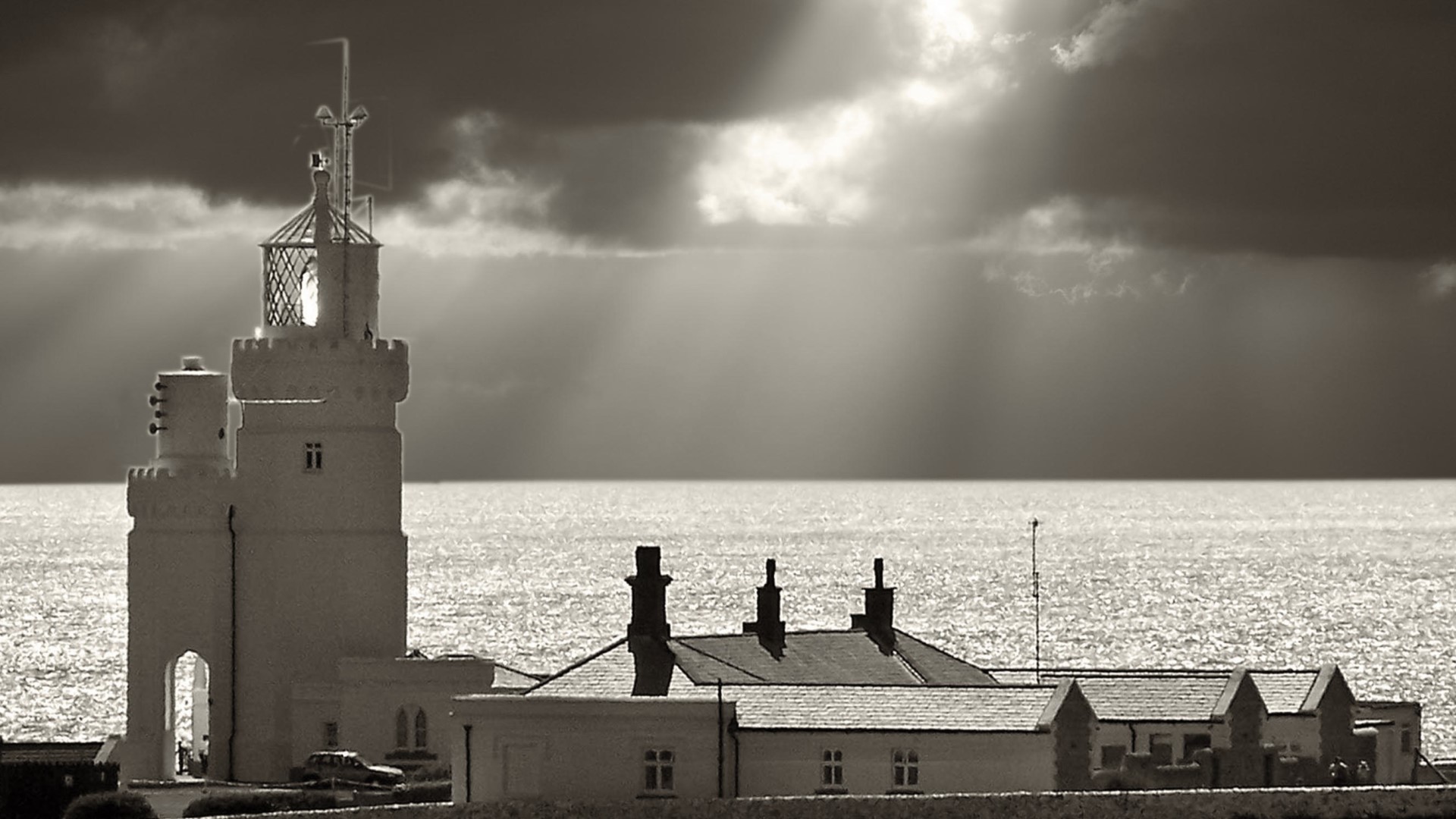
On the most southerly point of the Isle of Wight you’ll find St Catherine’s Lighthouse, an impressive white beacon warning boats of the rocks and land ahead. The lighthouse has been operational since 1840, guiding ships safely toward the English Channel or onward through the Solent. In 1943, St Catherine’s Lighthouse fell victim to the Nazis with a direct hit by The Luftwaffe – the pilot even took a photo of the lighthouse just seconds before bombing it. Three local lighthouse keepers were killed in the attack while on duty – William Jones, Richard Grenfell and Charles Tompkins – all buried together in a dedicated grave at the local church in Niton. The bombing was the biggest tragedy the sleepy town has ever seen, with a nearby resident also killed along with two soldiers at The Undercliff Hotel – the HQ for local army and RAF personnel. Still in operation today having become an automated lighthouse in 1997, there are reports of mysterious figures seen around the lighthouse and strange sounds, thought to be the three lighthouse keepers who tragically lost their lives in the WWII bombing. A charming village nestled in the picturesque undercliff, Niton is synonymous with smuggling and the trading of goods on the black market.
Just up the hill from St Catherine’s Lighthouse is The Buddle Inn, a building that has existed since the 15th century when it started life as a simple barn. It was here that smugglers would come ashore via the secluded bays of Castle Haven and Blackgang to stash their loot in the barn. In the 18th century the barn became an inn, a local watering hole popular with the smuggling community where they could come ashore and trade goods. The Buddle Inn remains open today, with locals and staff reporting sightings of a ghostly smuggler appearing from the giant fireplace and making his way towards the bar – local legend has it there is smuggler’s treasure hidden somewhere beneath the pub.
The Green Lady
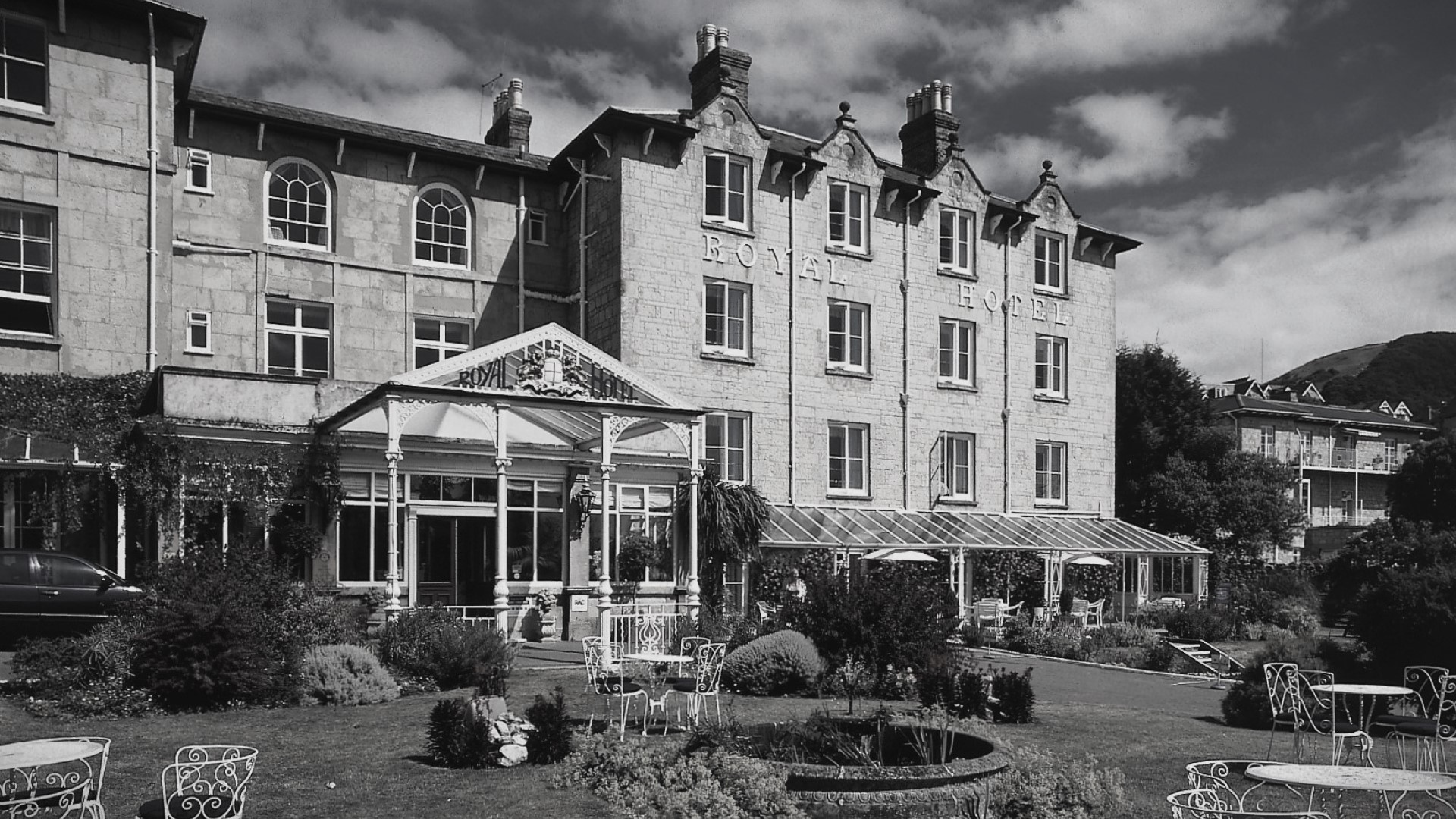
Founded in 1832, The Royal Hotel is one of the most historic hotels on the Isle of Wight, with Queen Victoria even visiting for tea in 1844. Over the years, staff and guests at the hotel have reported sighting of an elegant Green Lady wandering the hotel. Her footsteps can often be heard through the corridors, and she is held responsible for mysterious cold spots that regularly appear throughout the building.
The Lone Soldier and a Murdered Monk
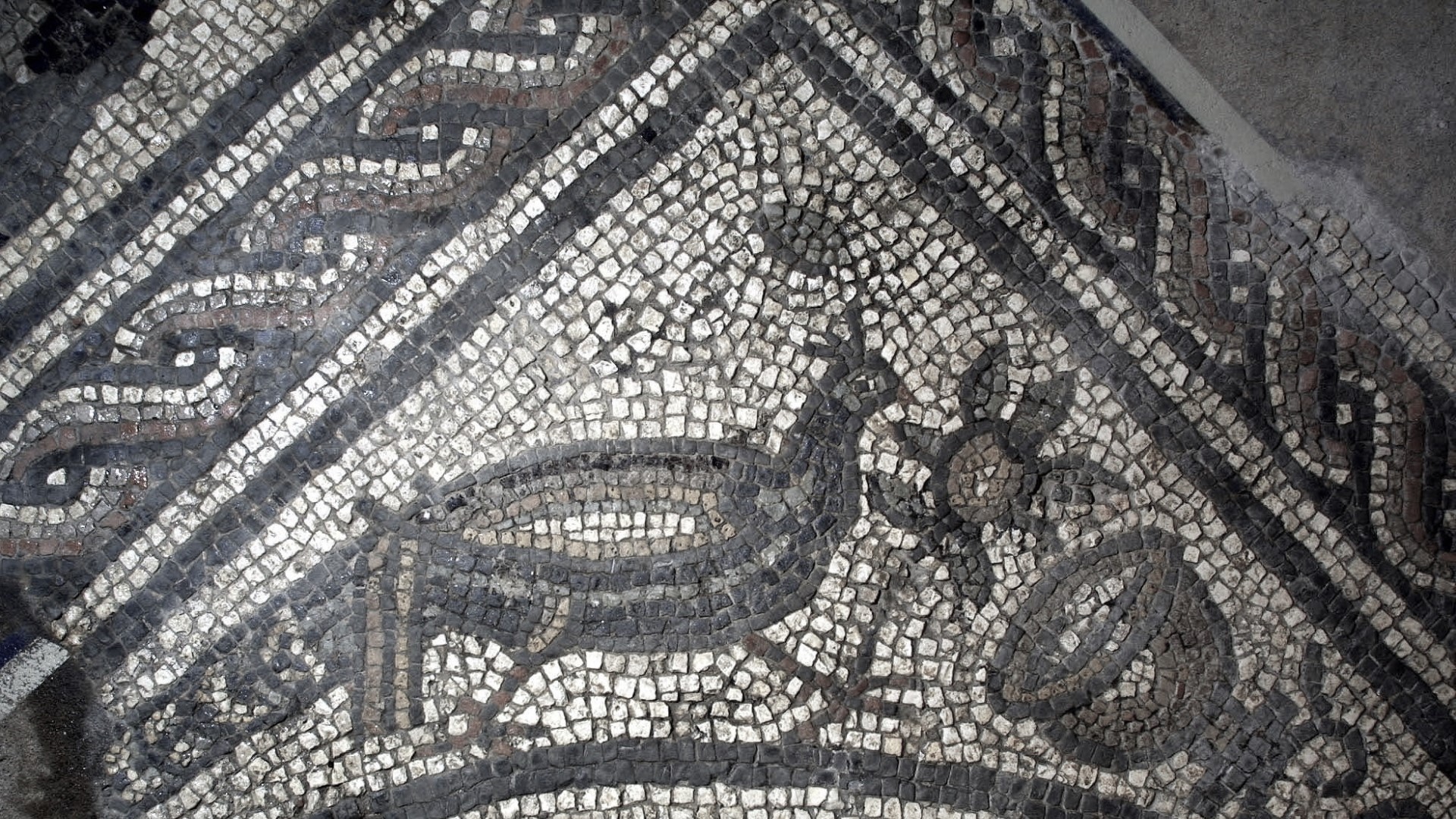
Invaded and claimed as “Vectis” in 43 AD, the Romans left a significant mark on the Isle of Wight, with surviving Roman villas still open to visitors in Brading and Newport today. There have been several reports over the years of Roman soldiers seen marching across Brading Downs, the most recent report being in 2003 when a dog walker was suddenly aware of a figure next to him – a lone solider dressed in a uniform of wine-coloured cloth, brown leather and gleaming brass.
This is not the only time the lone soldier has been seen, striding out across the landscape before fading into the distance. One of the Island’s oldest towns, Brading has its fair share of ghoulish residents. Louis De Rochefort, a murdered French agent sent to make contact with the imprisoned Charles I at Carisbrooke Castle, still haunts what was the Brading Wax Works in the highstreet, also seen with his horse at the neighbouring The Crown pub, once the stables. His body is thought to be buried somewhere on the premises. Despite the Roman association, Centurion Copse (once St Urian’s Copse) on the east hillside of Brading Down is the site of an ancient town called ‘Wolverton’, which had several homes, its own chapel and a medieval manor. It is said an evil merchant, thought to be the devil in disguise, tricked locals into murdering an innocent pilgrim who came to pray at St Urian’s Chapel, telling them he came to poison the holy water. The monk’s blood dripped into the well and as divine punishment, the great cliff at Culver fell into the sea and the town of Wolverton was burned to the ground, it’s ashes now lie beneath Centurion Copse, haunted by the grey clad figure of the murdered monk.
The Murderous Woodcutter
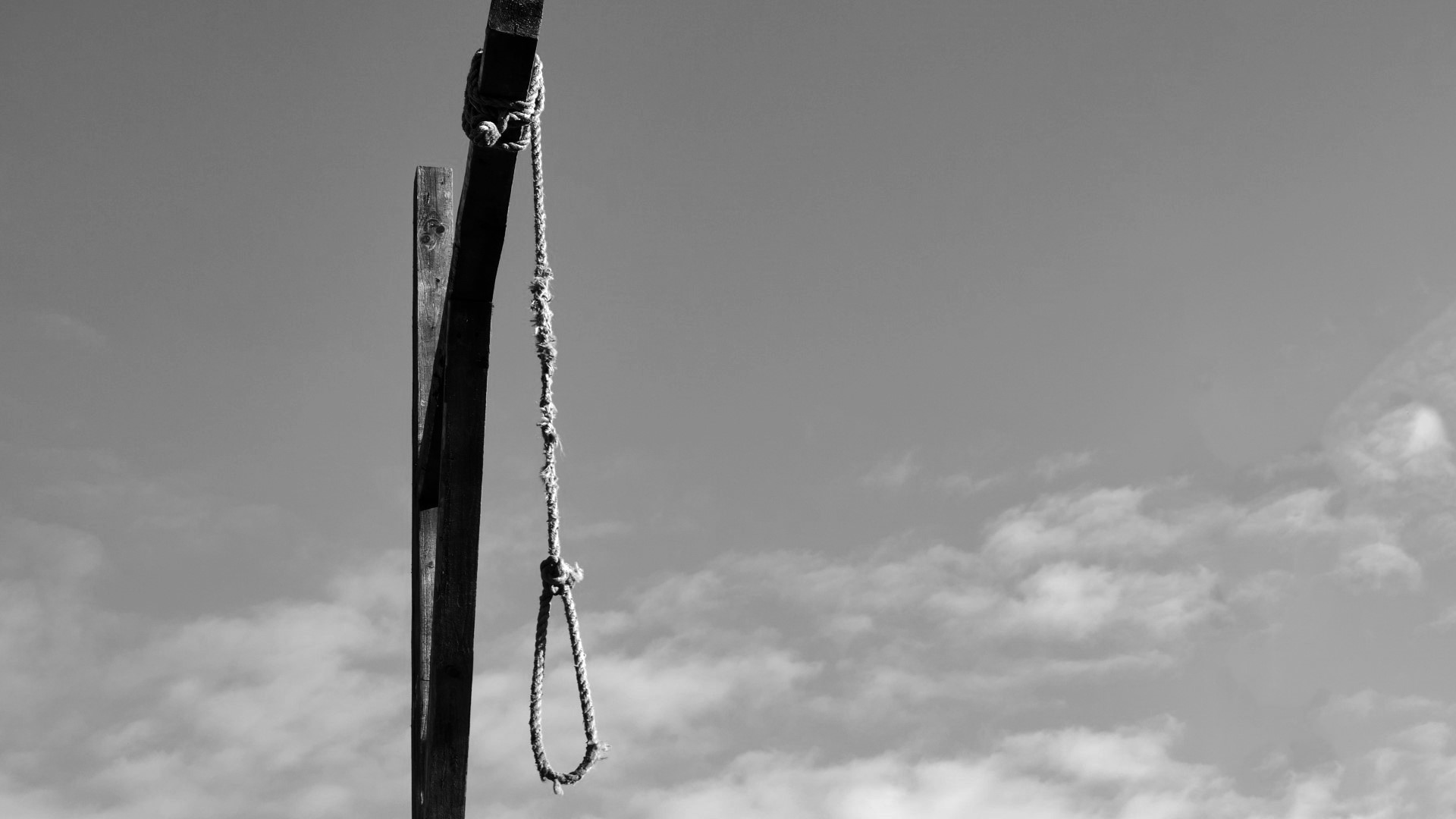
One June morning in 1736, two men entered woodland in Arreton and only one returned. Woodcutter Michael Morey butchered his 14-year-old grandson James Dove, taking off his head and both arms and legs with an axe before concealing his body in the woods. The actual reason why Morey decided to murder his own flesh and blood is unknown. One rumour was that James had been left money and Morey killed him in a fit of jealousy to keep the money for himself, the second is that he did not take his grandfather breakfast in time…
Morey disappeared after the murder, thought to be living in a cave in Downend Chalk Pit. In 1737 James’ remains were found, unrecognisable apart from his clothing. By this time Morey was in Winchester prison. He stood trial and neither confessed nor gave any reason for the murder and was hung at the public gallows the same day.
His body was returned to the Island and hung from a public gibbet on Gallows Hill as a deterrent to the public. No one knows how long he was hung there for, but long enough for the crows and ravens to peck out his eyes and at his flesh. Today Gallows Hill is grassy verge along the Downs Road, with Morey’s body hung atop a Bronze Aged Barrow which is today known as Michael Morey’s Hump. It’s rumoured he was buried in the mound once his body was finally taken down.
The beams of wood supporting the gibbet he hung from can be seen in the nearby Hare & Hounds pub, both etched with 1735 and being the right length to be a main gibbet post. There is also a skull on display at the pub, dug up from the mound in 1933 and thought to be that of Morey.
The ghost of Michael Morey still haunts the area of Downend and Gallows Hill, with sightings of a man in ragged clothing carrying an axe on his shoulder, as well as an apparition of Morey in death, with his head lolling to one side and hands tied behind his back and only holes where his eyes should be after the ravens had feasted.
Doctors and Nurses
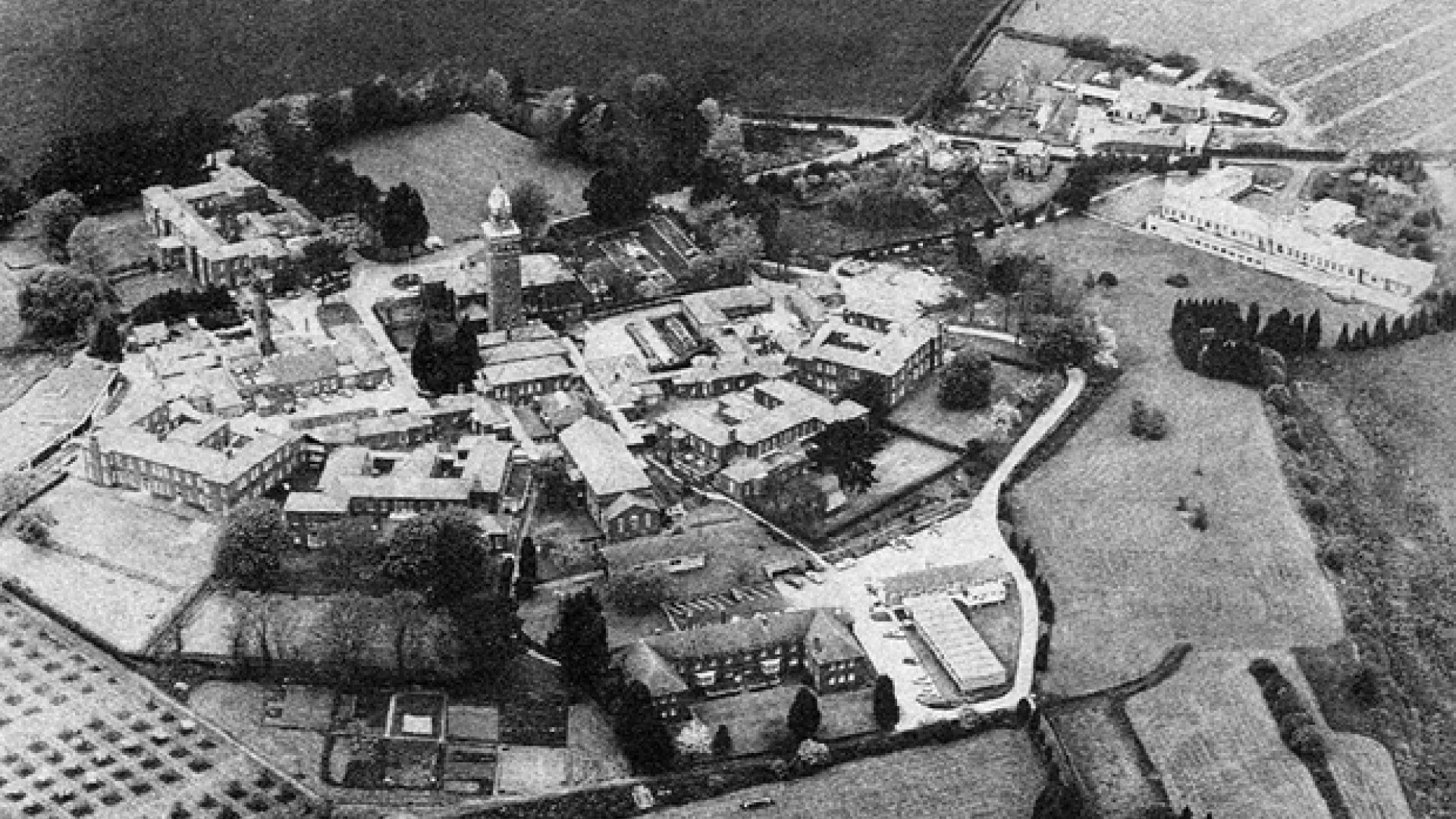
The Victorian ‘Isle of Wight Lunatic Asylum’, or ‘Whitecroft Hospital’ admitted its first patients in 1896, a large gothic style building with an imposing clocktower which housed around 300 residents. People were mainly admitted to Whitecroft for “idiocy” and “mania” and in later years, dementia. It had a higher occupation of women who lived at the hospital and were taught skills like basket making and knitting, while male patients were worked on the farm or in the tailoring or carpentry shops on site. During WWII, the hospital became overcrowded with over 400 patients and beds lined up through recreational rooms to accommodate. However, by 1975 only 275 patients remained at Whitecroft as the typical Victorian insane asylum became an outdated institution thanks to a much better understanding of mental health. In 1983 the passing of the Mental Health Act and Care in the Community policy deinstitutionalised asylums, with care now provided to patients in their own home. Whitecroft closed its doors in 1992 after a century of service and sat abandoned for the next two decades. The eerie disused hospital is the source of many ghoulish tales due to the unnerving associations with insane asylums of yesteryear, like Bedlam. However, there is no record of the cruel treatments like electrotherapy, lobotomies or any other form ever being used at Whitecroft, but we still know very little about the day-to-day life and treatment of the patients at the hospital except for what is on official records.
Today, the Grade II listed building has been converted into luxury apartments and been renamed “Gatcombe Manor”, losing the “Whitecroft” name and connotations. Work began on the new 25-acre housing development in the 00s, with many builders walking off site and refusing to work on the project due to feeling uneasy, unexplained activity, and ghostly sightings. When work began, many of the original beds and equipment were still inside the building giving it a very strange feeling. Faceless figures in long white coats were seen walking the corridors of the hospital and looking out from windows during the build, and while the hospital was still open in later years, nurses reported an unknown patient in pink and beige pyjamas seen in the corridors before disappearing. Whitecroft is supposed to be one of the most haunted locations on the Isle of Wight, with plenty of ghoulish tales shared over the years. And while a county insane asylum sounds like something straight from a horror film, the predominant paranormal sightings have been of doctors and nurses going about their day to day like the hospital had never closed, rather than tormented souls trapped in the building.
For more Island inspiration, see our Explore section.
Find Ways To Save.
Book your ferry travel to the Isle of Wight today!


